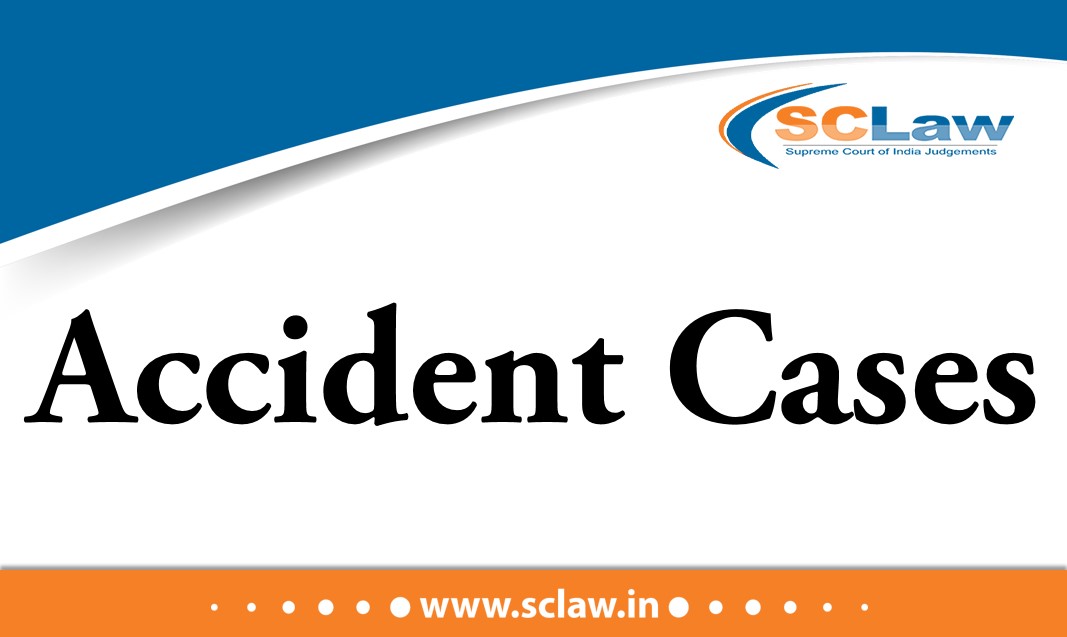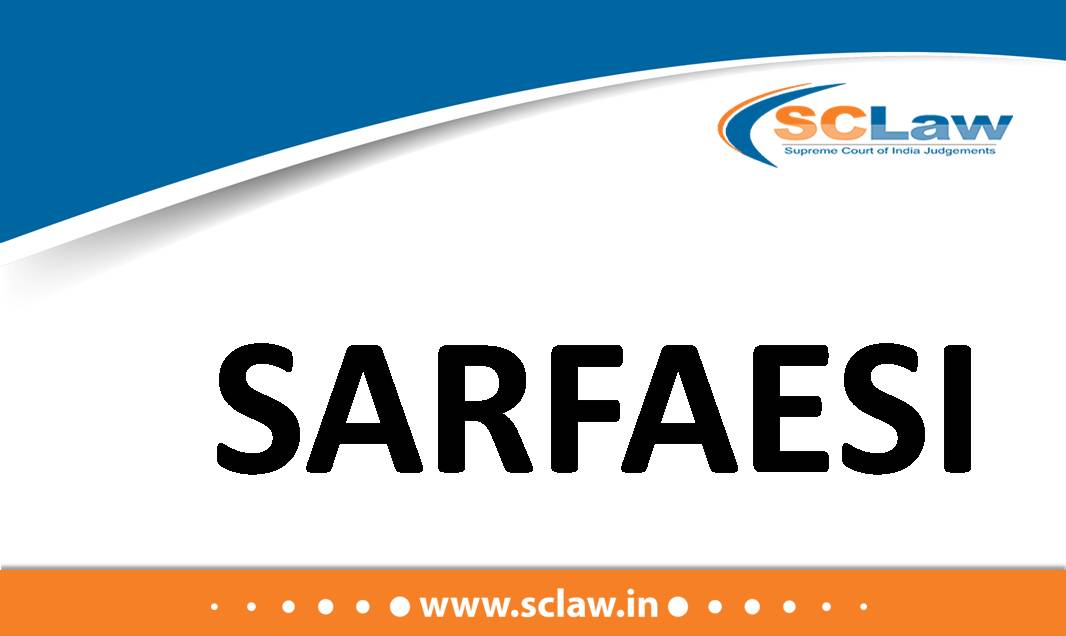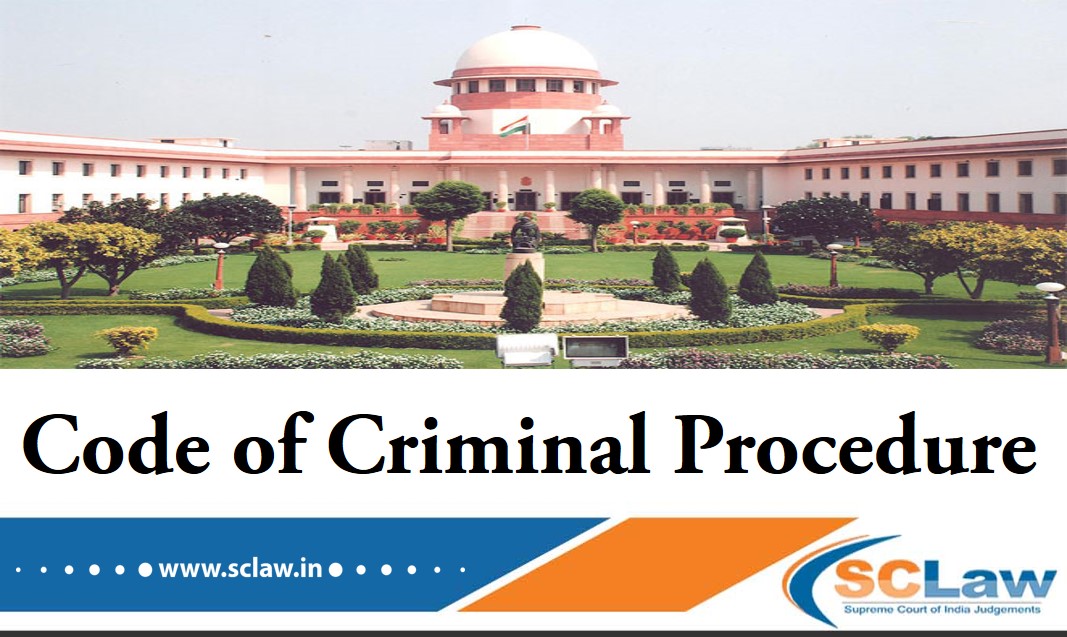Council of Architecture may prescribe minimum standards of architectural education, either by way of regulations issued under Section 45(2) or even otherwise – It is only in cases where the Council chooses to prescribe standards in the form of regulations that the requirement of approval of the Central Government under Section 45(1) would become necessary.
SUPREME COURT OF INDIA DIVISION BENCH COUNCIL OF ARCHITECTURE — Appellant Vs. THE ACADEMIC SOCIETY OF ARCHITECTS (TASA) AND OTHERS — Respondent ( Before : Hemant Gupta and V. Ramasubramanian,…
Maharashtra Regional and Town Planning Act, 1966 – Sections 19, 22, 22(b), 22(c) and 31(5) – Under the MRTP Act, in the Development Plan, the Planning Authority and/or the Appropriate Authority has to make the provisions for the public purposes mentioned in Clauses (b) and (c) of Section 22 and sub-section (5) of Section 31 of the MRTP Act – in the facts and circumstances of this case, when land is found to be unsuitable and unusable for the purposes for which it has been reserved, Corporation cannot be compelled to pay a huge compensation for such a useless and unsuitable land.
SUPREME COURT OF INDIA DIVISION BENCH THE KOLHAPUR MUNICIPAL CORPORATION AND OTHERS — Appellant Vs. VASANT MAHADEV PATIL (DEAD) THROUGH L.R.S AND OTHERS — Respondent ( Before : M.R. Shah…
When the complainant had lodged the FIR immediately after the theft of the vehicle, and when the police after the investigation had arrested the accused and also filed challan before the concerned Court, and when the claim of the insured was not found to be not genuine, the Insurance Company could not have repudiated the claim merely on the ground that there was a delay in intimating the Insurance Company about the occurrence of the theft.
SUPREME COURT OF INDIA DIVISION BENCH JAINA CONSTRUCTION COMPANY — Appellant Vs. THE ORIENTAL INSURANCE COMPANY LIMITED AND ANOTHER — Respondent ( Before : Sanjiv Khanna and Bela M. Trivedi,…
Industrial Disputes Act, 1947 – Section 11A – Dismissal form service – Misconduct – Looking into seriousness of the nature of allegations levelled against the employee, the punishment of dismissal inflicted upon him in no manner could be said to be shockingly disproportionate which would have required to be interfered with by the Tribunal in exercise of its power under Section 11A of the Act 1947
SUPREME COURT OF INDIA DIVISION BENCH UNITED BANK OF INDIA — Appellant Vs. BACHAN PRASAD LALL — Respondent ( Before : Ajay Rastogi and Abhay S. Oka, JJ. ) Civil…
HELD Considering the fact that it can be said to be a case of loss of confidence in the employee by the Bank – It just and proper to substitute the punishment from that of removal of service to that of compulsory retirement – Appellant shall be entitled to all the benefits which may be available to him by converting the punishment from that of removal of service to that of compulsory retirement – Appeal allowed.
SUPREME COURT OF INDIA DIVISION BENCH UMESH KUMAR PAHWA — Appellant Vs. THE BOARD OF DIRECTORS UTTARAKHAND GRAMIN BANK AND OTHERS — Respondent ( Before : M.R. Shah and B.V.…
Reinstatement of woman Additional District Judge, who complained of sexual harassment against the judge of the Madhya Pradesh High Court and resigned in 2014 – Petitioner’s resignation from the post of Additional District & Sessions Judge, Gwalior dated 15th July 2014, cannot be construed to be voluntary – directed to reinstate the petitioner forthwith as an Additional District & Sessions Judge
SUPREME COURT OF INDIA DIVISION BENCH MS. X — Appellant Vs. REGISTRAR GENERAL, HIGH COURT OF MADHYA PRADESH AND ANOTHER — Respondent ( Before : L. Nageswara Rao and B.R.…
Multiplier – Since the deceased was 54 years of age on the date of incident, therefore, the suitable multiplier would be 11 – Thus, the appellants are found entitled to compensation of Rs. 24,33,064/- with interest @ 9% from the date of filing of the claim application till realisation.
SUPREME COURT OF INDIA DIVISION BENCH R. VALLI AND OTHERS — Appellant Vs. TAMIL NADU STATE TRANSPORT CORPORATION LIMITED — Respondent ( Before : Hemant Gupta and V. Ramasubramanian, JJ.…
Land Acquisition Act, 1894 – Acquisition of land – Notification – Once the very acquisition and the notifications under Sections 4 and 6 were the subject matter of other proceedings pending before the High Court, in order to avoid any further conflicting orders HC not to decide appeals separately. Remanded
SUPREME COURT OF INDIA DIVISION BENCH M.P. HOUSING BOARD AND ANOTHER — Appellant Vs. SATISH KUMAR BATRA AND OTHERS — Respondent ( Before : M.R. Shah and B.V. Nagarathna, JJ.…
SARFAESI Act, 2002 – – By selling the mortgaged property/secured property it cannot be said that the borrower is discharged from the entire liability outstanding against him – Liability of the borrower with respect to the balance outstanding dues would still be continued
SUPREME COURT OF INDIA DIVISION BENCH BANK OF BARODA — Appellant Vs. M/S KARWA TRADING COMPANY AND ANOTHER — Respondent ( Before : M.R. Shah and Sanjiv Khanna, JJ. )…
(CrPC) – Section 482 – Quashing of criminal proceedings – HELD not justified for the Court in embarking upon an enquiry as to the reliability or genuineness or otherwise of the allegations made in the FIR or the complaint and that the inherent powers do not confer any arbitrary jurisdiction on the Court to act according to its whims and fancies
SUPREME COURT OF INDIA DIVISION BENCH SHAFIYA KHAN @ SHAKUNTALA PRAJAPATI — Appellant Vs. STATE OF U.P. AND ANOTHER — Respondent ( Before : Ajay Rastogi and Abhay S. Oka,…













